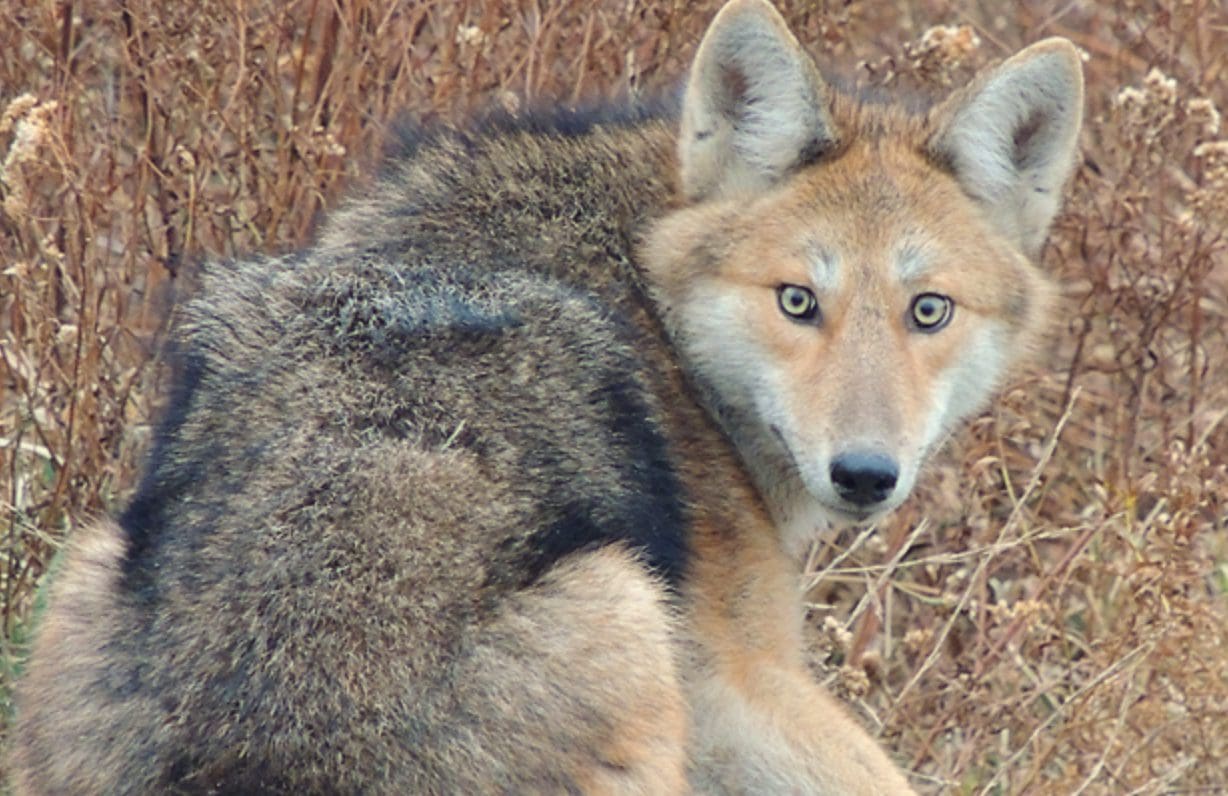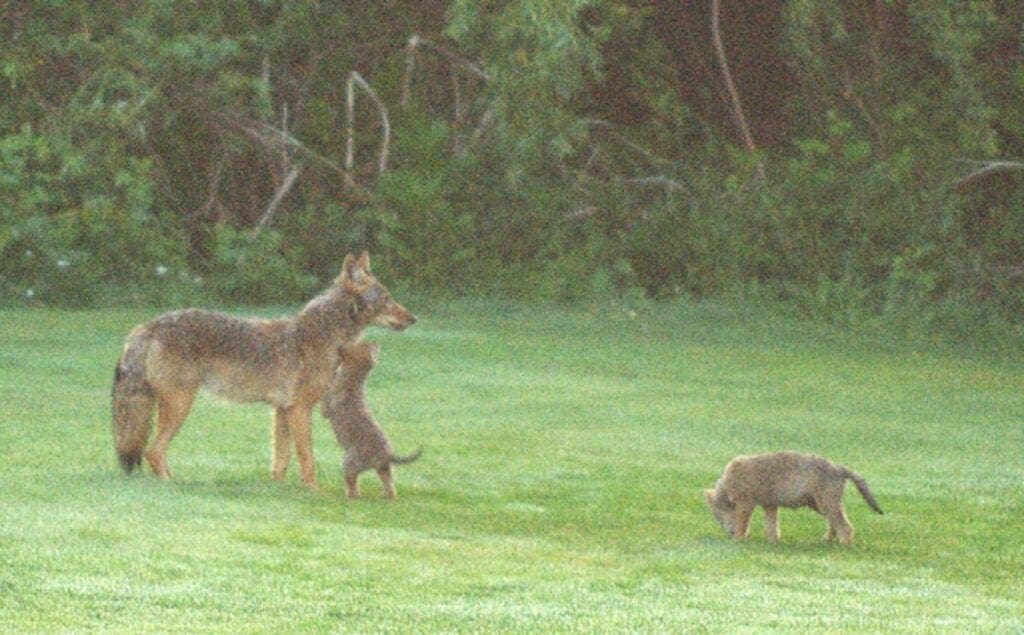Search Posts
Recent Posts
- New ALS treatment by PathMaker Neurosystems. Co. funded by RI Life Sciences Hub to come to RI. June 3, 2025
- ART! Cape Verdean Art at New Bedford Whaling Museum June 3, 2025
- Brown University Health names Samuel M. Mencoff Chair of the Board June 3, 2025
- Rhode Island Weather for June 3, 2025 – Jack Donnelly June 3, 2025
- Why 13-15 Rhode Island cities and towns oppose weapons ban legislation being voted on TODAY June 3, 2025
Categories
Subscribe!
Thanks for subscribing! Please check your email for further instructions.

Coyotes! Here’s what to do.
Early morning. Residential area. Older dogs. Coyotes where they shouldn’t be.
Two dogs have been killed in Rhode Island in just as many days. The first was an older dog in Johnston, who lived at a fenced home that backed up to a wooded area. It was early morning and the dog was attacked by the coyote who dragged the dog away. Then, Riverside. Another dog killed by a coyote.
Thankfully the media, social media and apps such as Next Door are sharing the news – and the cautions – quickly. What would you do if a coyote met you while you were letting your dog out – or getting your morning newspaper, or walking to the car? What do you tell your children to do if they were walking, riding their bike, playing in the backyard?
We’ve heard back away quietly. We’ve heard make as much noise as possible. Two different approaches. But one thing everyone agrees on – don’t turn your back and run.

Here’s some useful information. Have a conversation with your family – today – or send them this article. No longer do you need to know these things if you live on a farm or in the country. Coyotes and other country animals are living among us now – in the city. Big developments are displacing them from hidden habitats. Extreme weather – humidity – drought – heat – cold – are changing patterns of behavior.
This information is from www.CoyoteSmarts.org
…crossing a yard or street
Coyotes are most frequently seen and heard during mating season (January-March) and when juveniles start leaving the family pack (September-November). While normally fearful of people, they can sometimes be spotted crossing yards or streets. This behavior is not unusual, especially in residential areas bordering on open space where coyotes find their natural prey. They may simply be taking a shortcut to their favorite hunting ground. This type of sighting generally requires no response—other than making sure that pets and children are secure and that there are no likely food attractants (see Easy Pickin’s) present in the area.
…lounging in a yard or approaching/following people
Coyotes are naturally timid animals and will usually flee at the sight of a human. If they linger or approach, it’s time to begin “hazing.” This is a term applied to the following actions that can be taken to scare coyotes and chase them away:
- Be as big and loud as possible. Do not run or turn your back.
- Wave your arms, clap your hands, and shout in an authoritative voice.
- Make noise by banging pots and pans or using an air horn or whistle. These sounds can also alert the neighbors.
- Throw small stones, sticks, tennis balls or anything else you can lay your hands on. Remember the intent is to scare and not to injure.
- Spray with a hose, if available, or a squirt gun filled with water and vinegar.
- Shake or throw a “coyote shaker”—a soda can filled with pennies or pebbles and sealed with duct tape.
The effects of hazing may not last unless all food attractants are permanently removed. This information should be shared with neighbors, friends and homeowner’s associations since hazing is most effective when the entire neighborhood is working together.
Hazing should never be attempted if the coyote is accompanied by pups or appears to be sick or injured. If it’s the latter, make a report to the local police or the RI Division of Fish and Wildlife at 401-789-0281.
…failing to respond to hazing
Some coyotes may freeze and stare or run a short distance and stop. Hazing should be continued until the coyote gets the message and finally leaves the scene. Hazing can work whether the encounter is with a lone coyote or a small pack. If the leader retreats, the rest of the pack will follow. If the coyote refuses to retreat or returns to the area despite persistent hazing, it may be due to the fact that someone is feeding coyotes nearby. This is a cause for concern and should be reported to the local police or animal control officer.
…approaching a pet or a child
Small pets and children should never be left unattended, and dogs should always be walked on a leash. Problems are more likely to occur when the animal is out of the owner’s control. It can also be helpful to carry a noisemaker, squirt gun or pepper spray. If a coyote approaches, pick up the pet or child, then start hazing. If the coyote does not leave, back away slowly while continuing to haze and go indoors if possible. Any aggressive behavior should be reported to the local police or animal control officer. If bites or other injuries are sustained, medical attention should be sought, and a report made to the RI Division of Fish and Wildlife at 401-789-0281.
Editor’s Note: We opted to purchase a family member a small boat air horn that can be clipped onto clothing – that and a cell phone should be mandatory equipment when walking alone or with your pets.
Here is a video: What to do if you see a coyote – by Numi Mitchell, Lead Scientist, The Narragansett Bay Coyote Study.

